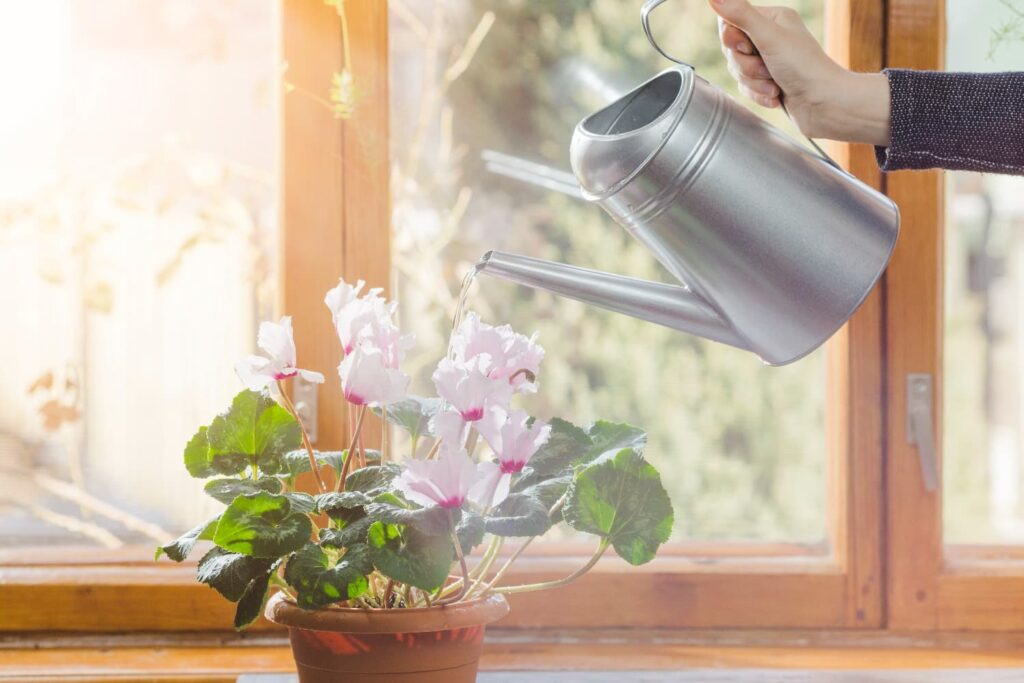Water is presented as an essential element for the health of plants, since it allows their growth and the maintenance of part of the characteristics of their species, given that this will be influenced by other environmental factors.
Chlorine is usually present in it, a chemical substance that is used to combat environmental contaminants, especially those that may pose a risk to people's health.
However, chlorine itself represents a risk to your health. It makes it difficult, for example, to take advantage of all the nutrients that plants or crops obtain as a result of being fertilized naturally or artificially, which is why it is key to know how to eliminate chlorine from water to water plants.
In the same way that chlorine in tap water can be strong for people to ingest, it is also harmful to plants.

On the other hand, not all water sources have the same properties, some may contain excess minerals and even bacteria, so knowing how to eliminate chlorine from water to water plants will make it easier for you to recover all its benefits.
One of the best sources of irrigation is rainwater, however, it is a resource that is difficult to control and to which we do not always have access.
An excellent solution to obtain quality water that allows the growth of plants and guarantees its properties is filtration. Through water filtration it is possible to obtain maximum purity to water not only plants, but also gardens, crops or orchards.
Water filtration systems allow you to regulate some of the most important indices for plant care through irrigation, such as alkalinity and maintaining optimal pH levels.
How to soften water at home for irrigation
Lime is another element that damages the strength and health of plants.
Tap water contains lime and when used for irrigation it will transfer traces of this mineral to the base, which will negatively influence the roots' ability to absorb all the nutrients they need.
The amount of lime and calcium present in tap water will determine the “hardness” of the water, and this will imply the need or convenience of using softened water, as well as knowing how to remove lime and chlorine from the water to water, so that these small living beings grow strong and do not wither.
In the same way that you control the health of plants and orchards by filtering and decalcifying the water consumed for irrigation, it is possible to control the quality of the irrigation water for larger green spaces such as gardens or crops, those that take up more space, with the purpose of maximizing its properties.
How to remove chlorine from water for irrigation
One of the most effective ways to eliminate chlorine from the water to water the plants or products in your garden is the use of activated carbon.
There are other home remedies but with activated carbon you can eliminate chlorine as well as other contaminants present in it and obtain the maximum benefit from the water for both your plants and your crops.
Consequences of chlorine on plants
Both chlorine and lime prevent us from obtaining a quality product, with all the authenticity that the earth provides, so the opportunity to know well how we can eliminate it will mean an improvement in the health of people and plants in a direct and indirect way.
Filtering will make food, for example, grow while preserving its original characteristics, among which are color, flavor or the properties of its nutrients.
To enjoy the quality of natural products, using filtered water is the most coherent alternative to take maximum care of crops, gardens and plants.





